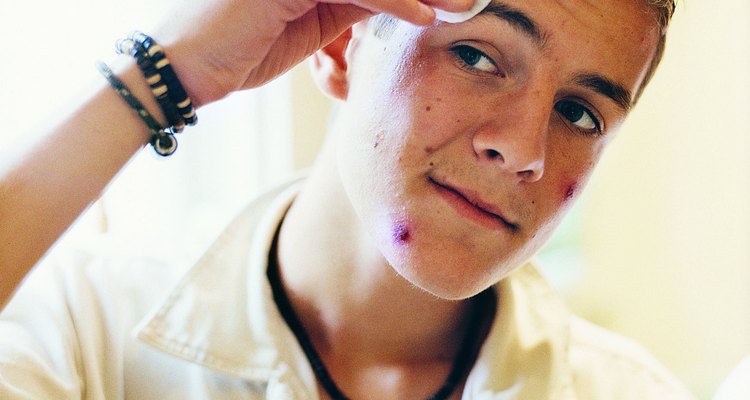
Pimples are caused when the skin’s pores become clogged with oil, dead skin cells and bacteria, resulting in red, pus-filled bumps on the face, chest, shoulders or back. Pimples occur most commonly in teenagers, whose hormonal fluctuations cause their bodies to produce more oil, but acne can affect adults as well. While most pimples take several days to heal, there are some steps you can take to speed the healing process and reduce the appearance of acne.
Wash your face twice daily with a gentle cleanser and pat dry with a clean towel. Avoid harshly scrubbing your face while washing or drying, which can further irritate skin. If you use moisturizers, sunscreen or cosmetic products, make sure they are labeled "oil-free" or "noncomedogenic" to prevent further clogging of pores.
Apply an over-the-counter acne treatment product containing salicylic acid or 5 percent benzoyl peroxide to the pimple twice daily, or as directed on the product’s packaging instructions. Benzoyl peroxide and salicylic acid dry up excess oil and promote skin peeling. These products may cause side effects, such as increased dryness or skin irritation.
Avoid “popping” or picking at pimples. This increases the risk of infection and scarring.
Ask your dermatologist about corticosteroid injections for large, inflamed pimples. Corticosteroids relieve inflammation, which may reduce pimple size and the pain accompanied with them.
Talk to your dermatologist if acne does not improve with treatment. Your doctor can diagnose the cause and severity of your acne and may recommend prescription treatment options, such as prescription-strength cleansers or creams, antibiotics or other drugs to help control acne breakouts.
Related Articles
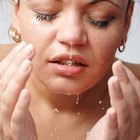
How to Repair Open Pores

How to Prevent Pock Holes From ...

How to Remove Red Scars on Your Face
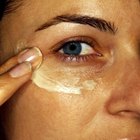
The Best Facial Moisturizer That Won't ...

How to Reduce Acne Inflammation

How to Shrink Pores With Proactiv

How to Remove a Dilated Pore on the ...

Can Any Home Remedies Get Rid of Acne ...

How to Make Acne Scars Go Away

Can Tri-Luma Be Used to Fade Acne Scars?
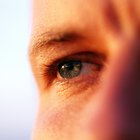
List of Retinoids

Can Borage Oil Help Acne?
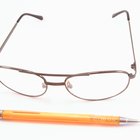
How to Clean the Green Discoloring on ...

Tea Tree Oil as a Natural Remedy for ...
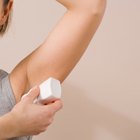
How to Make Natural Deodorant From ...
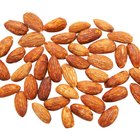
Instructions for Using Mandelic Acid
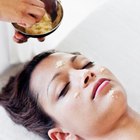
How to Make Body Scrub With Olive Oil & ...

How to Reduce Facial Redness From ...

How to Use Clearasil
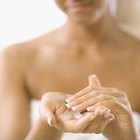
How to Heal an Inflamed Bikini Area
References
Writer Bio
Kelly Smith has been writing professionally since 2010. She writes for various websites, specializing in health and literature. Smith is a certified pharmacy technician with more than five years of professional experience. She holds a Bachelor of Arts in English with a minor in multimedia communications from Regent University in Virginia Beach, Virginia.
Photo Credits
Digital Vision./Digital Vision/Getty Images